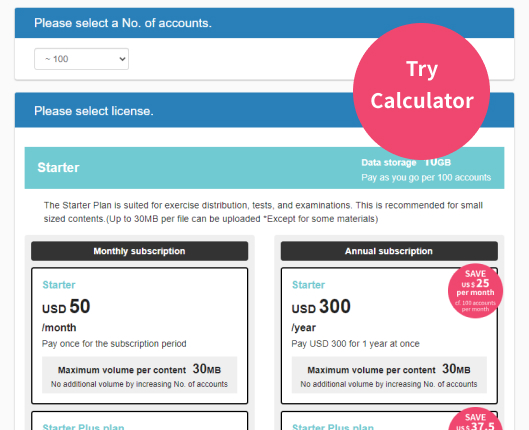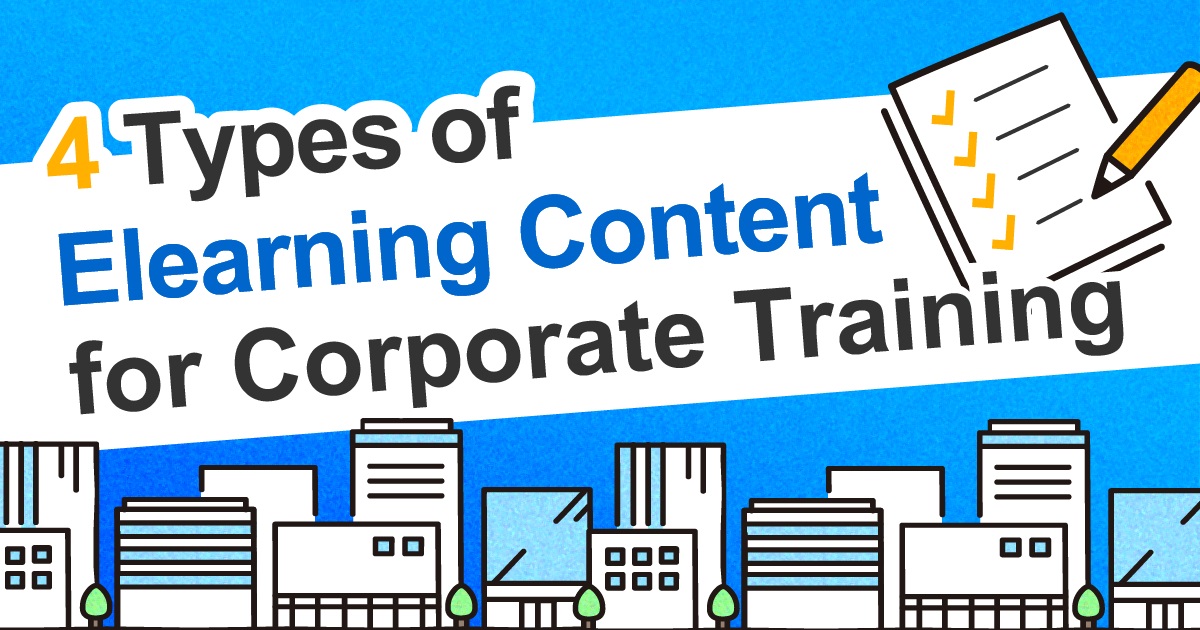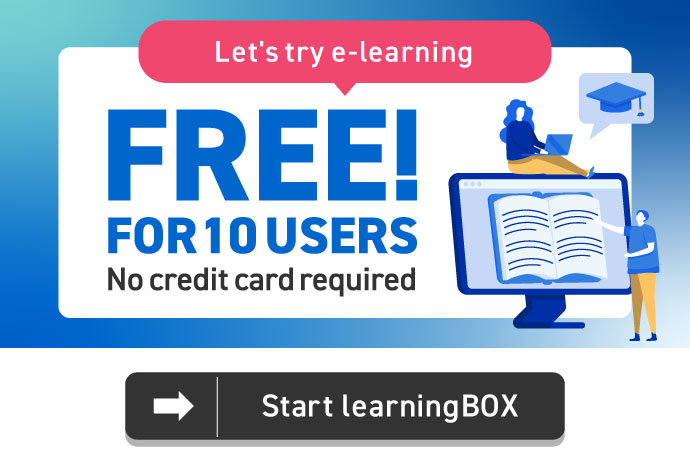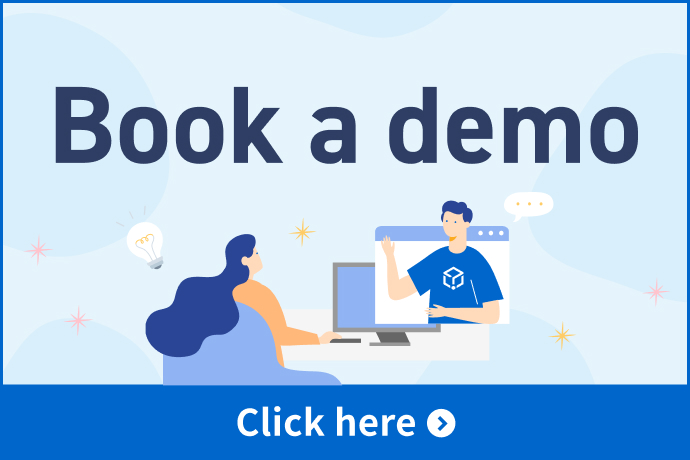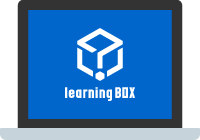5 Benefits of Elearning in Employee Onboarding
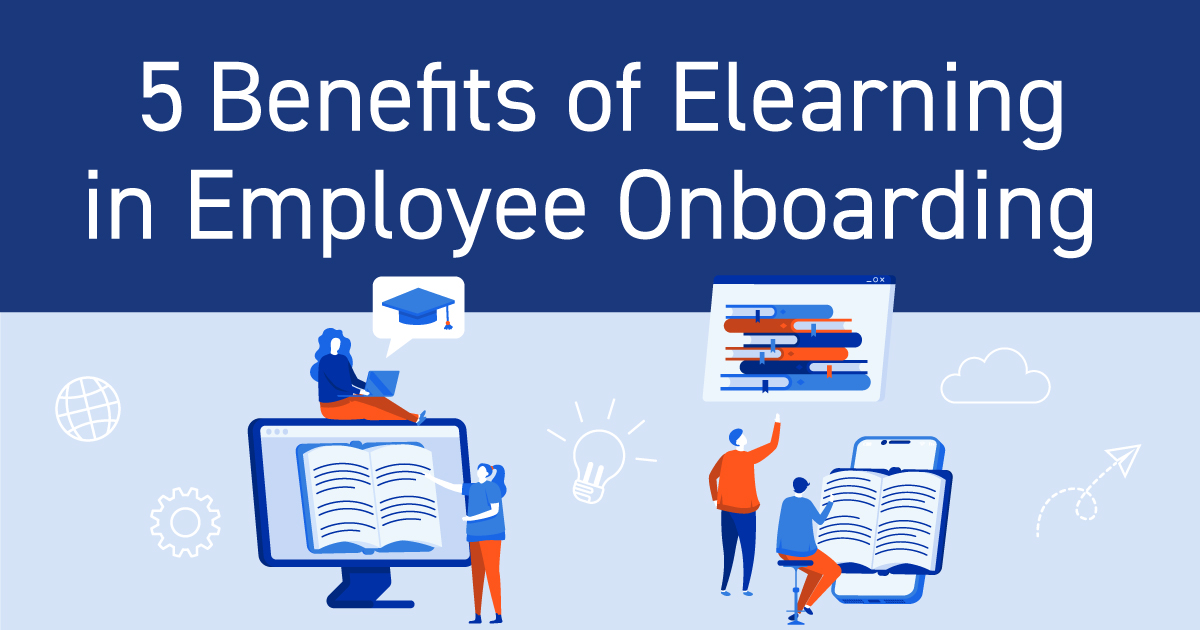
Employee onboarding plays important roles including knowledge and skills acquisition required for the job. While employee onboarding, especially for new graduates, is an integral process to enhance their engagement, many of the organizations are not fully satisfied with its effectiveness.
Elearning has been gathering attention as a method of employee onboarding. We explore the reasons, the effectiveness, and countermeasures in this article.
Background

Demand for the use of elearning in employee onboarding is increasing for many organizations. According to the article by eLearning Industry, more than 41.7% of global Fortune 500 organizations utilize elearning platforms to train their employees.
References: Facts And Stats That Reveal The Power Of The eLearning Sector
One of the reasons for the increasing adoption rate of e-learning is that the spread of COVID-19 has made it difficult to conduct group training that requires face-to-face interaction. With many companies introducing teleworking, the characteristics of e-learning meet the need to conduct new employee training in a non-contact manner.
Another factor is the widespread use of smartphones and tablet devices. elearning allows learners to view courses anytime, anywhere, at any time, as long as the administrator uses a learning management system (LMS) to deliver the courses.
Elearning is increasingly being used for employee onboarding because of the ease of use, even when the new hire lives far away from home.
Advantages of Elearning

If you are wondering how to conduct effective employee onboarding, we recommend using elearning. Discover the advantages of using elearning for employee onboarding, from the perspective of both new hires and managers.
For New Hires
Higher Knowledge Retention
Employee onboarding, especially for new graduates, tends to be difficult to learn all of the content in a single training session, as it often covers a wide range of areas all together in a short period of time. In general, they learn business manners, compliance, logical thinking, business skills as well as legal knowledge and specialized skills.
By using elearning, trainees can study repeatedly at their own pace. Even if they did not fully understand or have forgotten the content, it allows them to learn appropriate materials again and again, which helps them to consolidate their knowledge.
For repetitive learning, we recommend choosing a system that supports videos and quizzes. Since such content encourages them to take a course without awareness, it is expected to improve the effectiveness of the training.
Self-Paced Learning
One of the biggest advantages of elearning is self-paced learning. It allows learners to optimize their learning without feeling rushed or anxious.
While elearning has the advantage written above, face-to-face classroom training requires a venue to get together, and new hires need to follow the trainer and the schedule even though they do not understand the content. This may result in knowledge gaps between trainees, and some trainees may feel overwhelmed through the training.
Develop Self-Study Habits
As people enter the workforce and become busy with work, they tend to have fewer opportunities for continuous study. Regardless of acquiring a qualification, it is difficult to make a habit like school days.
On the other hand, introducing elearning will encourage employees’ constant learning opportunities. If the training program offers effective curriculums to develop a habit of self-learning, self-improvement can be expected even after the program is completed, leading to human resource development.
Advantage for Managers
Effective Time Management for Training Preparation
Elearning allows managers or those who are in charge to save time to prepare for employee onboarding. While traditional classroom training requires a variety of tasks including arranging instructors and reserving meeting rooms, elearning makes it possible to start training using existing content or videos. This will result in reducing the burden of trainers including managers who are busy working on their day to day tasks.
Easy Learning Tracking
Another advantage of elearning for employee onboarding is easy learning tracking online. Managers can check each trainee’s progress record, and give some feedback to them depending on their scores. If their progress is behind schedule, it will be effective to show an alert to their learning screen. Thus, elearning is expected to reduce managers’ workload while enhancing trainees’ engagement.
Back to ContentsWhen Conducting Employee Onboarding through Elearning

This section describes the keys when implementing elearning for employee onboarding. The following will be a big help to maximize the effectiveness of elearning.
Blended Learning
There may be some employees who have a passive attitude to learn something. While the advantages of elearning are immense, it is true that elearning is highly related to their engagement. Nowadays, blended learning is becoming popular. Not only elearning but also practical training including role-playing, group discussion and on-the-job training will be effective to enhance their engagement.
Active Communication
Traditional face-to-face classroom learning allows learners naturally to have active communication with others. On the other hand, when utilizing an elearning system, managers need to make some efforts to improve opportunities for trainees to communicate with other trainees since the method tends to focus on self-learning. Take advantage of its internal chat or comment function to enhance their commitment.
Create a Learning Environment
Elearning requires an Internet connection and digital devices. When implementing elearning for training, each company will need to provide a learning environment including setups. In some cases, it may be required to make rules to lend devices or reduce data storage for downloading digital content and lectures.
Back to ContentsSummary
In this article, we explored the background, advantages and keys for employee onboarding. Since new hires are required to acquire a wide range of skills including basic business skills and practical ones, elearning will meet needs in that it allows trainees’ repetitive learning at their own pace.
If you are interested in implementing elearning for employee onboarding,learningBOX is recommended to try.
learningBOX is an elearning system with essential functions for in-house training such as content creation, distribution, and course management. Courses can be designed in line with in-house training content, and you can easily track trainees’ progress. The system's simple operability and reasonable price have been well-received, and many organizations are introducing our service for employee onboarding.
learningBOX offers a forever Free Plan to try learningBOX Free Plan. Up to 10 accounts are available without expiry date.
▼You may also like:
Back to Contents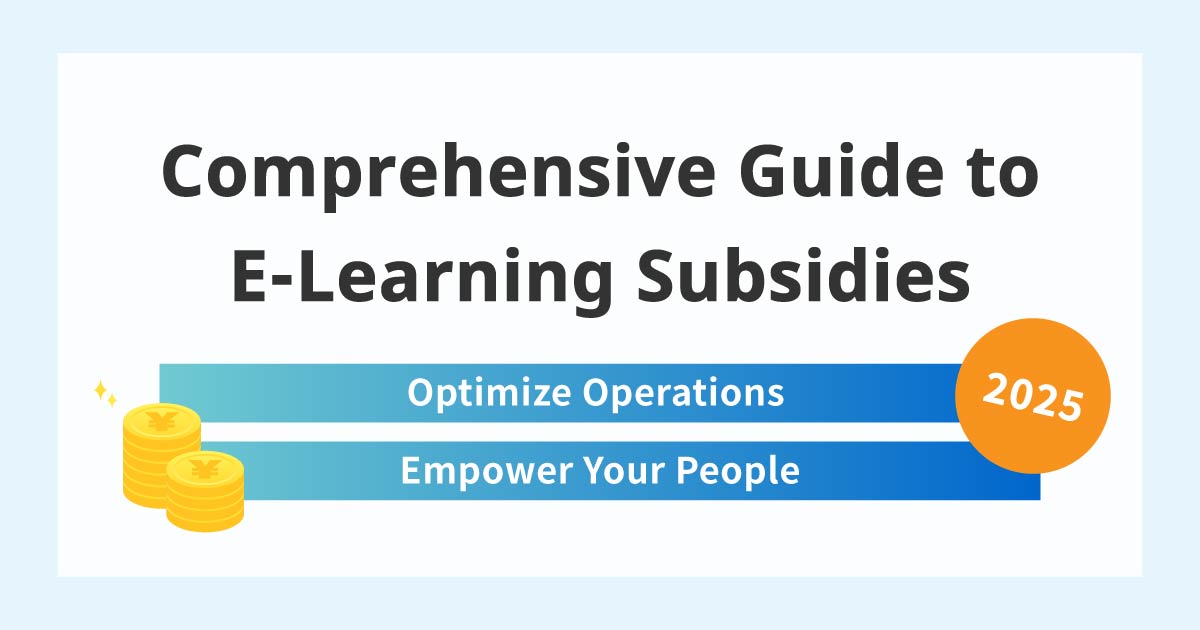

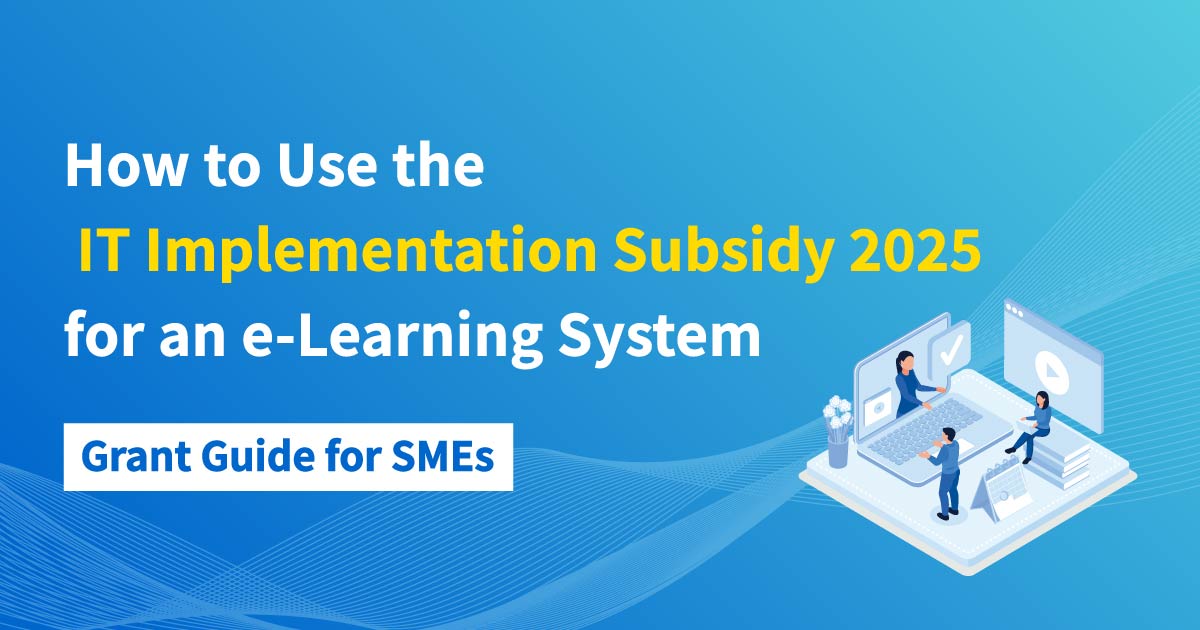
-
Discover rich featuresService Guide
-
Feel free to contact usGet in Touch
-
Try our Free PlanTry Free Plan
